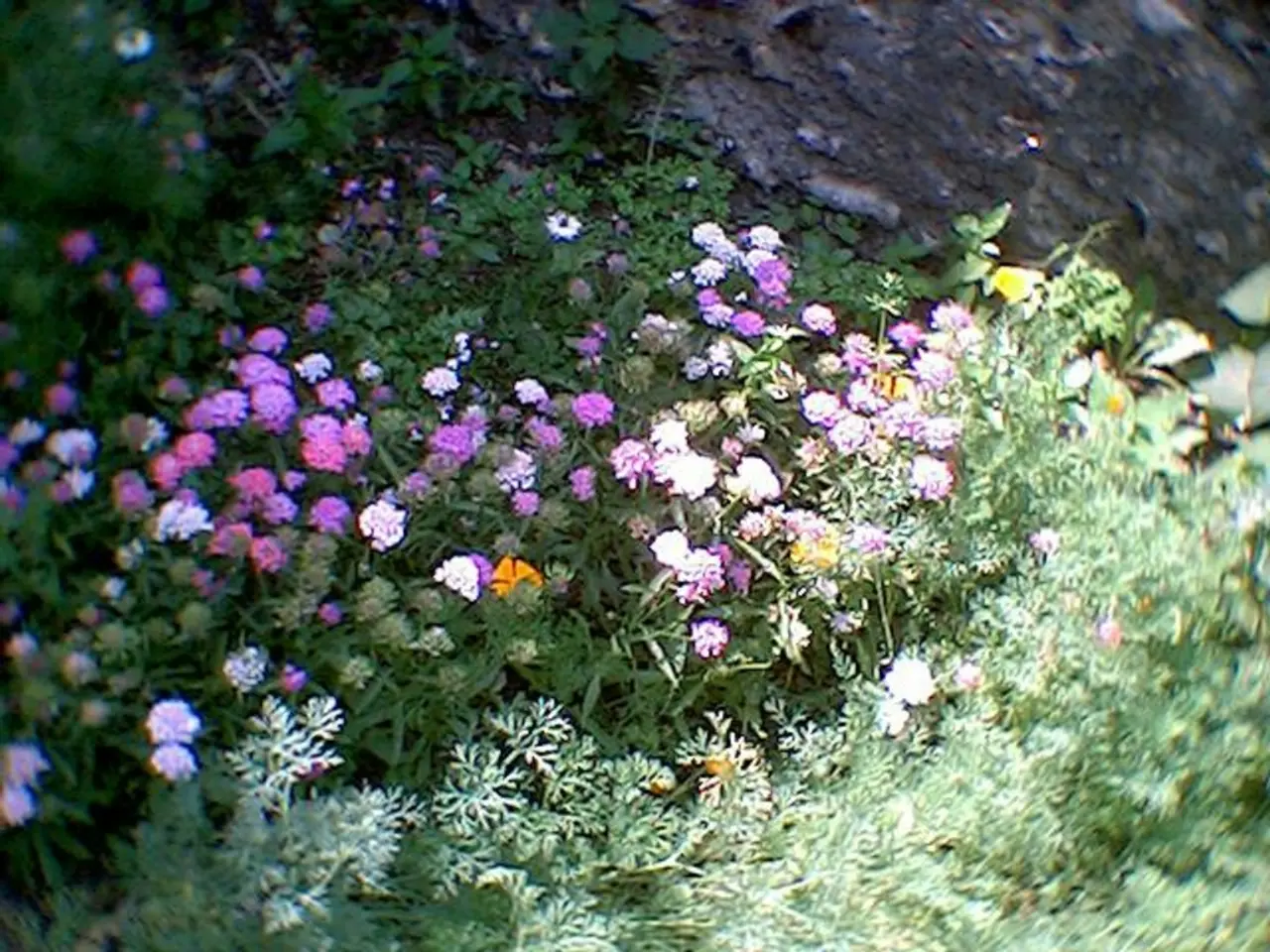Prune Away! Discover the 7 Blossoming Plants You Need to Trim in August for an Exquisite Late Summer Blossom Surge
In the heart of summer, gardens burst with vibrant colours and fragrances. However, as the season progresses, some perennials may start to fade. But fear not, gardeners! By following a simple pruning technique, you can encourage a second wave of blooms from your favourite flowering plants.
One such plant is Alstroemeria. To rejuvenate it for a second flush of flowers, gently pull out the old flowering stems. New stalks should pop out of the ground inside a fortnight, bringing fresh blooms to your garden.
Hyssop Anise (Agastache) also responds well to a light trim. Depending on the health of the plant and the extent of the cut, you should see that second floral wave within a few weeks.
Lavender, echinops, and verbena are other perennials that benefit from deadheading or pruning in August. Deadheading lavender by cutting spent flower spikes above the foliage encourages a smaller second bloom and keeps plants compact. Echinops, with its all-summer blooms, prolongs flowering when deadheaded in August. Moss Verbena, a long-blooming spreading perennial, can similarly be trimmed back to promote further flowering later in the season.
Asters, salvia, and monarda are other perennials that often respond well to cutting back or deadheading for a second flush of flowers around this time. Regular deadheading removes spent flowers, preventing seed formation and redirecting energy into new growth and blooms.
Lantana can be given a summer haircut in August to promote a second flush of flowers. Snipping off the top few inches of growth fires up the plant into its next flowering phase.
Catmint, or Nepeta, can be pruned in summer to stimulate another wave of flowers. To cut back catmint for a second bloom, simply cut down to the first side shoot. It's fine to chop off some foliage along with the spent florals when cutting back catmint.
Lady's Mantle (Alchemilla) can be cut back by half its size midsummer to prompt a second flush of new velvety leaves and blooms. Depending on the overall vitality of the plant, you could even cut back more than half in midsummer. A summer cut encourages a second flurry of blooms and gives catmint a pleasing compact shape.
Some of the longest living perennials benefit from either a well-selected trim up top or a hard prune to startle the plant back into growth. Yarrow can be cut back in summer to encourage a second bout of fluffy blooms.
Finally, hardy geraniums can be cut back in August to rejuvenate them into a second flush of flowers. Summer pruning of flowering plants improves their overall health by clearing away spent stems and faded flowerheads.
Remember, when pruning summer blooming plants, combine the cuts with a good watering and a little aged compost to nourish the plants. The right cuts on the right plants can make things generally neater and fresher around the edges of the garden. The right pruning technique can transform your garden into a blooming oasis even in the heart of summer. Happy gardening!
After pruning Yarrow in the summer, it encourages a second bout of fluffy blooms.With their all-summer blooms, hardy geraniums can be rejuvenated into a second flush of flowers if cut back in August.




